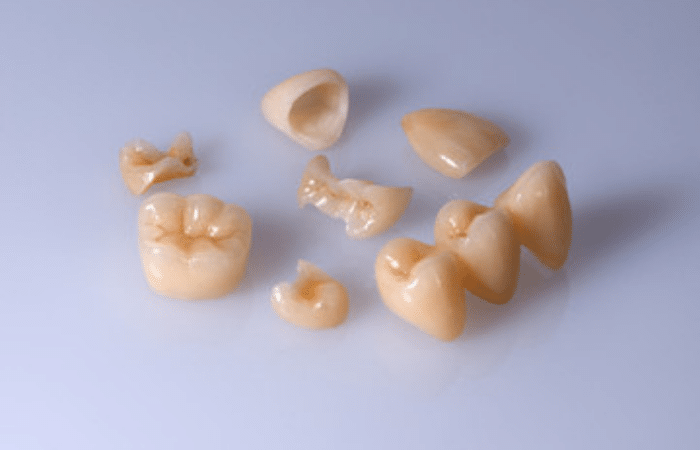820 W Laraway Rd, New Lenox, IL 60451
Dental Inlays and Onlays: What You Should Know

Porcelain, gold, or composite resin can be used for inlays and onlays. These parts are attached to the tooth’s affected area. An inlay, which is comparable to a filling, is placed inside the tooth’s cusp points. An onlay is a more significant restoration that, like an inlay, extends out over one or more of the tooth’s cusps. Historically, gold has been the material of choice for inlays and onlays. However, porcelain has grown in popularity in recent years due to its strength and color, which might potentially match the natural color of your teeth.
What are Dental Inlays and Onlays?
Here is an overview of Dental Inlays and Onlays. Onlays and inlays are considered “Indirect Fillings” in dentistry since they are placed outside the mouth as a solid piece that fits the specific shape and size of the cavity. Onlays and inlays are utilized in premolars and molars when the tooth has enough damage to support a simple filling but not enough damage that a crown is required. The essential difference between them is the amount and portion of the tooth they cover. Dental inlays and onlays are formed of a tooth-like substance called porcelain, which improves the patient’s cosmetic value.
What is the distinction between dental inlays and onlays?
Inlays Repairs Your Tooth’s Surface
Inlays are intended to protect the surface of your tooth. They can be used when your teeth’ cusps are damaged or decayed. Dentists can make inlays out of a variety of materials, including gold, composite resins, and ceramics. To provide the best appearance, composite resins can be color-matched to your teeth. The primary distinction between dental inlays and onlays is that an onlay will cover a wider surface area than an inlay. An onlay, on the other hand, will cover the cusps of your tooth, whilst an inlay would simply cover the region between the cusps.
Onlays are used to repair large areas
Onlays, often known as partial crowns, are used to treat significant portions of the mouth. Onlays, as opposed to inlays, are employed on the biting surface and can be extended to cusps across your teeth if the patient so desires. Onlays, like inlays, can be composed of ceramics, gold, or composite resins, all of which are incredibly durable for the patient. The use of an onlay is seen as an alternative to crowns because it helps to save more teeth than the traditional crown insertion method.
The Benefits of Inlays and Onlays
The following are some of the common advantages of inlays and onlays:
- When compared to fillings, inlays and onlays give more protection for your teeth.
- Inlays and onlays come in a variety of colors that can be customized to match the color of your natural teeth.
- There is less bacterial leakage than with normal filling because of the sophisticated pattern of the inlay and onlay, as well as their personalized fit.
- Because they are custom-made for your tooth, they do not induce plaque formation like fillings and are therefore easier to maintain clean.
- In general, inlays and onlays are more durable than standard fillings if properly cared for and all necessary dental examinations are performed. They are less sensitive, especially if there is injury near the nerve of the teeth.
We hope that our blog has supplied you with the information you require. Contact Nelson Ridge Family Dental now if you’re searching for the best Restorative Dentistry service in New Lenox, IL. We will attend to all of your dental needs and provide you with the best dental care possible.


